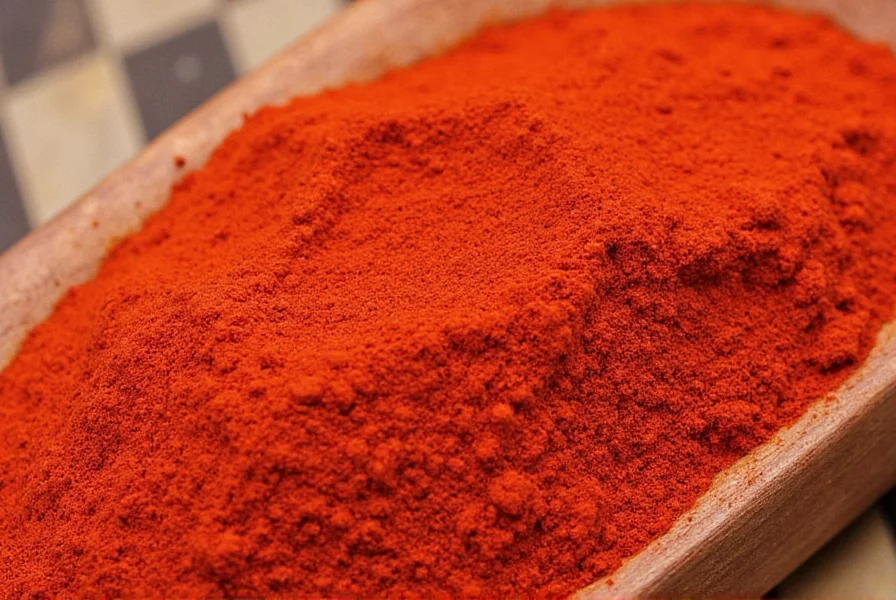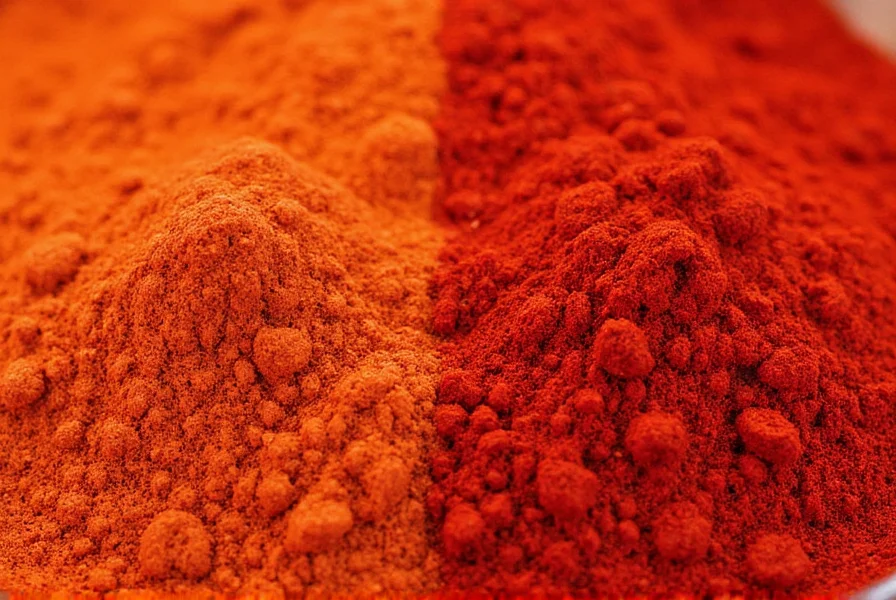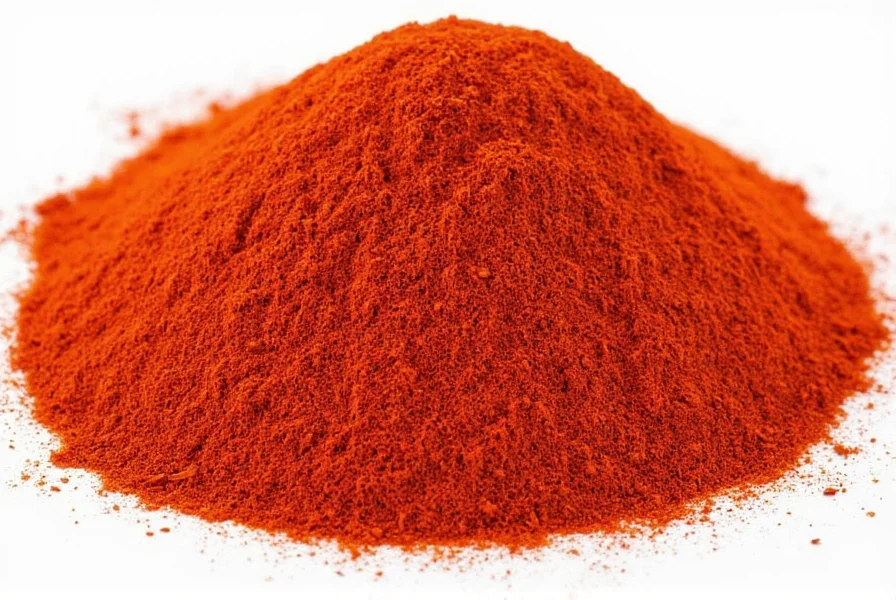When choosing between paprika vs cayenne for your recipes, understanding their fundamental differences is crucial for achieving the desired flavor profile. These two red spices often confuse home cooks and professional chefs alike, yet they serve distinctly different purposes in the kitchen. While both originate from Capsicum peppers, their processing methods, heat levels, and culinary applications vary considerably.
Let's explore the essential characteristics that distinguish these popular spices, helping you make informed decisions for your cooking adventures. Whether you're seasoning a Hungarian goulash or spicing up a Cajun dish, knowing when to reach for paprika versus cayenne can transform your culinary results.
Origin and Production Methods
Paprika originates from Central Mexico, but became popularized in Hungary where it's considered a national treasure. It's made by drying and grinding various types of sweet or hot Capsicum peppers, with Hungarian varieties being particularly prized. The specific pepper varieties used determine whether the final product is sweet, semi-sweet, or hot paprika.
Cayenne pepper, named after the city in French Guiana, comes specifically from Capsicum annuum varieties that are consistently hot. The peppers are typically dried and ground into a fine powder, sometimes withscrição added for color consistency. Unlike paprika, which can be made from multiple pepper types, cayenne is produced from specific hot chili varieties.

Flavor Profile Comparison
The flavor difference between paprika and cayenne is substantial. Paprika offers a complex flavor profile that can include sweet, earthy, fruity, and smoky notes depending on the variety. Hungarian paprika, for example, has a distinctive sweet and slightly smoky character, while Spanish smoked paprika (pimentón) delivers a deep, wood-fired flavor.
Cayenne, by contrast, presents a straightforward heat with minimal complexity. Its primary characteristic is intense spiciness with little nuance beyond a slight peppery bitterness. When comparing paprika vs cayenne flavor, paprika provides depth and color while cayenne delivers pure heat.
| Characteristic | Paprika | Cayenne |
|---|---|---|
| Scoville Heat Units | Sweet: 0-100 Hot: 5,000-15,000 |
30,000-50,000 |
| Primary Flavor | Sweet, earthy, smoky | Sharp, intense heat |
| Color Contribution | Vibrant red hue | Bright red, but less intense |
| Common Culinary Uses | Goulash, deviled eggs, rubs | Hot sauces, Cajun seasoning, spice blends |
Heat Level Analysis
Understanding the paprika vs cayenne heat difference is essential for recipe success. Paprika's heat varies dramatically by type:
- Sweet paprika: Virtually no heat (0-100 Scoville units)
- Semi-sweet paprika: Mild warmth (500-1,000 Scoville units)
- Hot paprika: Noticeable heat (5,000-15,000 Scoville units)
Cayenne maintains consistent heat at 30,000-50,000 Scoville units—making it significantly hotter than even the spiciest paprika varieties. To put this in perspective, cayenne is approximately 3-10 times hotter than hot paprika and dramatically more intense than sweet paprika.
When substituting between these spices, this heat discrepancy is the most critical factor to consider. Adding cayenne where paprika is called for can easily overwhelm a dish with excessive heat.
Culinary Applications
The appropriate use cases for paprika vs cayenne differ substantially based on their flavor profiles and heat levels:
Paprika excels in:
- Traditional Hungarian dishes like goulash and chicken paprikash
- Adding color and mild flavor to deviled eggs and potato salads
- Creating flavorful rubs for meats without overwhelming heat
- Smoked paprika enhances barbecue sauces and roasted vegetables
Cayenne shines when:
- Adding consistent heat to hot sauces and salsas
- Creating Cajun and Creole spice blends
- Providing kick to chili recipes without altering flavor profile
- Adding heat to dishes where color isn't the primary concern

Substitution Guidance
When you need to substitute paprika for cayenne or vice versa, proceed with caution due to their significant heat differences. For paprika vs cayenne substitution:
- Replacing cayenne with paprika: Use 2-3 times the amount of hot paprika, but recognize you'll lose significant heat. Sweet paprika won't provide adequate heat replacement.
- Replacing paprika with cayenne: Use only 1/8 to 1/4 teaspoon cayenne for every tablespoon of paprika called for, as cayenne's heat is substantially more intense.
For the most accurate substitution when comparing paprika vs cayenne in recipes, consider your primary need: color (choose paprika) or heat (choose cayenne). If you need both, a combination of sweet paprika with a small amount of cayenne often works best.
Nutritional Comparison
Both spices offer nutritional benefits, though their profiles differ due to processing methods. When examining paprika vs cayenne nutrition:
Paprika generally contains higher levels of vitamin C and carotenoids due to the inclusion of sweet pepper varieties. The vibrant red color comes from capsanthin, a powerful antioxidant. Hungarian sweet paprika is particularly rich in these compounds.
Cayenne contains higher concentrations of capsaicin, the compound responsible for heat, which has been studied for potential metabolic benefits. Both spices contain vitamins A and E, but cayenne's capsaicin content gives it distinctive properties for potential pain relief and metabolism support.
Storage Recommendations
Proper storage maintains the quality of both spices. Store paprika and cayenne in airtight containers away from light, heat, and moisture. For optimal flavor retention:
- Paprika: Use within 6-12 months for best flavor; its delicate compounds degrade faster than cayenne
- Cayenne: Maintains potency for 1-2 years due to its more stable capsaicin content
Refrigeration can extend the shelf life of both spices, particularly paprika which loses flavor more quickly. Always check for faded color or diminished aroma as signs that your spices have lost potency.
Common Misconceptions
Several myths surround the paprika vs cayenne comparison. One common misconception is that cayenne is simply "hot paprika." While both come from Capsicum peppers, they're made from different varieties processed differently.
Another misunderstanding is that all paprika is mild. In reality, Hungarian hot paprika can reach 15,000 Scoville units, though still significantly milder than cayenne. Additionally, many believe smoked paprika and cayenne can be used interchangeably, but their flavor profiles are too distinct for direct substitution.
Practical Application Tips
When working with these spices in your kitchen, consider these practical tips for optimal results:
- Add paprika toward the end of cooking to preserve its delicate flavor compounds
- Bloom both spices in oil first to maximize flavor release
- For complex dishes, use smoked paprika for depth and a pinch of cayenne for heat
- When making spice blends, toast whole peppers before grinding for enhanced flavor
Understanding the nuanced differences between paprika vs cayenne allows you to make informed decisions that elevate your cooking. By recognizing their unique properties, you can harness each spice's strengths to create perfectly balanced dishes every time.
Can I substitute paprika for cayenne in recipes?
Yes, but with caution. Sweet paprika won't provide adequate heat, so you'll need to use 2-3 times the amount of hot paprika. However, even hot paprika is significantly milder than cayenne (5,000-15,000 vs 30,000-50,000 Scoville units). For best results, combine sweet paprika for color with a small amount of cayenne for heat when substituting.
Which is hotter: paprika or cayenne?
Cayenne is significantly hotter than all paprika varieties. While sweet paprika has virtually no heat (0-100 Scoville units) and even hot paprika ranges from 5,000-15,000 units, cayenne measures 30,000-50,000 Scoville units—making it approximately 3-10 times hotter than the spiciest paprika.
What's the difference between smoked paprika and cayenne?
Smoked paprika (pimentón) is made from peppers smoked over oak fires, giving it a distinctive wood-fired flavor while maintaining mild to moderate heat (500-10,000 Scoville units). Cayenne provides straightforward, intense heat (30,000-50,000 units) with minimal flavor complexity. They serve different culinary purposes—smoked paprika adds depth and color, while cayenne delivers pure heat.
Why does paprika add color without much heat in some recipes?
Sweet paprika varieties contain high levels of carotenoids (particularly capsanthin) that provide vibrant red color but minimal capsaicin, the compound responsible for heat. This makes sweet paprika ideal for dishes where color is desired without significant spiciness, such as deviled eggs, potato salads, and traditional Hungarian goulash.
How should I store paprika and cayenne to maintain freshness?
Store both spices in airtight containers away from light, heat, and moisture. Paprika loses flavor more quickly (6-12 months optimal) due to its delicate compounds, while cayenne maintains potency longer (1-2 years). Refrigeration can extend shelf life, especially for paprika. Check for faded color or diminished aroma as signs your spices have lost potency.











 浙公网安备
33010002000092号
浙公网安备
33010002000092号 浙B2-20120091-4
浙B2-20120091-4